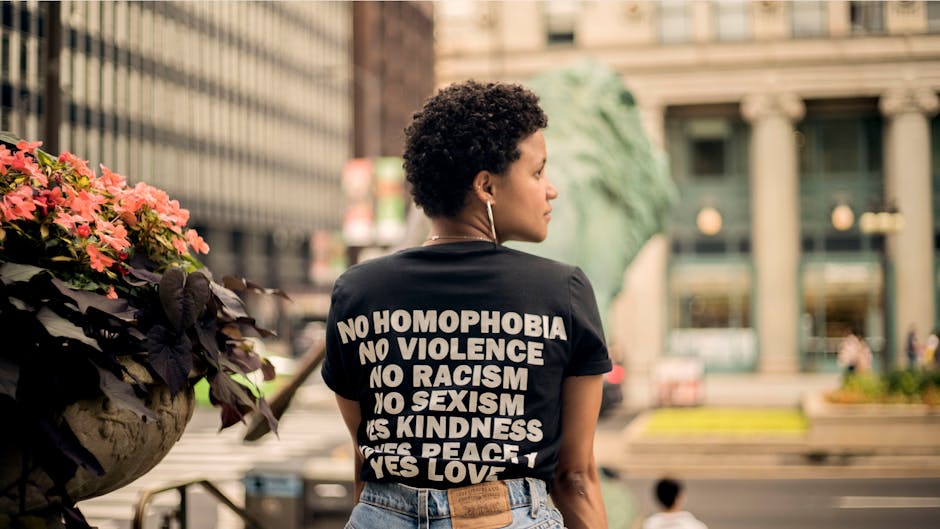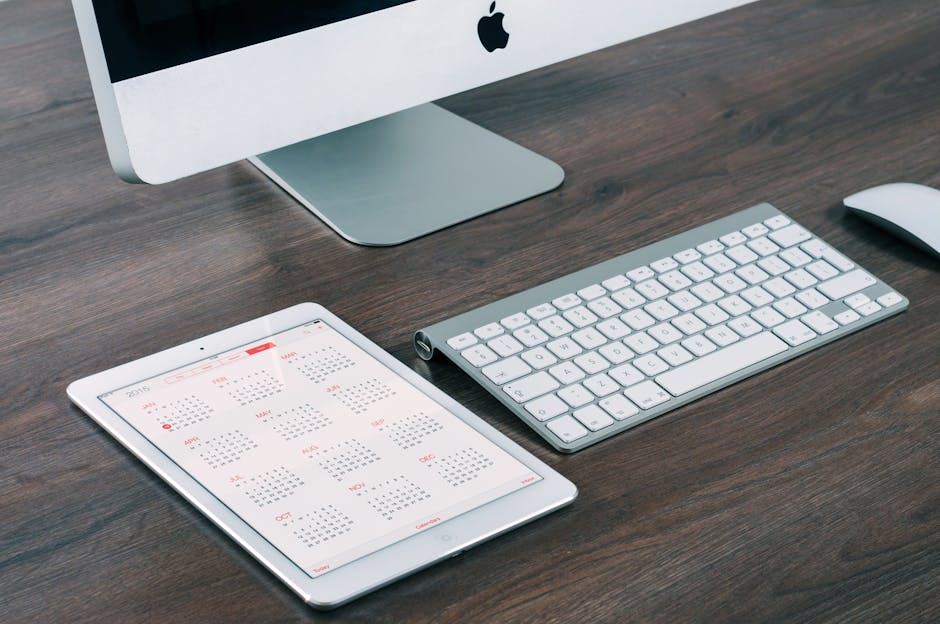Introduction
In the era of deepfakes and AI-powered misinformation, even the White House hasn’t been immune to sharing manipulated content. Former President Donald Trump and his administration repeatedly amplified AI-generated or doctored media—sometimes accidentally, other times strategically. Below, we examine 12 high-profile instances that fueled misinformation and eroded trust in digital content.
1. The Viral “Sleepy Biden” Deepfake (2020)
Trump retweeted a slowed-down, selectively edited video of Joe Biden with his eyes closed during an interview, falsely portraying him as incoherent. Fact-checkers debunked the clip as misleadingly altered.
2. The Doctored CNN “Fake News” Wrestling Video (2017)
Trump shared a meme of himself body-slamming a figure with a CNN logo superimposed—a manipulated clip reinforcing his “fake news” narrative. The original footage was edited to exaggerate the confrontation.
3. AI-Generated Obama “Insult” Audio (2018)
A fake audio clip of Barack Obama insulting Trump circulated among Trump allies before experts confirmed it was AI-generated. Though not directly endorsed by the White House, the clip gained traction in pro-Trump circles.
4. The Sharpie-Altered Hurricane Dorian Map (2019)
The White House doctored a NOAA hurricane map to extend Dorian’s path into Alabama—matching Trump’s earlier false claim. The “Sharpiegate” scandal became a symbol of misinformation.
5. Fake Inauguration Crowd Size Photos (2017)
Trump’s team shared misleading side-by-side images comparing his inauguration crowd to Obama’s, using selective angles to exaggerate attendance. Independent analysts exposed the distortions.
6. Retweeted Deepfake Pelosi Video (2019)
Trump amplified a slowed-down video of Nancy Pelosi slurring her words, joking about it despite the clip being debunked as artificially manipulated.
7. AI-Enhanced “Biden Stutter” Montage (2020)
Pro-Trump accounts stitched together out-of-context clips of Biden, some artificially slowed, to falsely suggest cognitive decline. Trump’s campaign echoed these claims without verification.
8. The Debunked “Antifa Bus” Hoax (2020)
During George Floyd protests, Trump Jr. shared a baseless claim about Antifa members traveling in buses to incite riots—later proven entirely fabricated.
9. Edited Kamala Harris “Laughing” Clip (2020)
A truncated video of Harris laughing was shared by MAGA accounts to imply insensitivity. The full context showed her reacting to an unrelated joke.
10. Fake “Biden Sniffing” Compilation (2020)
A montage of Biden appearing to sniff hair—some clips AI-enhanced or misrepresented—was widely circulated. Trump referenced these videos in speeches without fact-checking.
11. Altered White House Visitor Logs (2017)
After reports linked Trump’s Mar-a-Lago to profiting from government visitors, the administration released redacted logs, omitting key names and sparking transparency concerns.
12. AI-Generated Celebrity Endorsements (2024)
Fake AI voice clones of Taylor Swift and Jay-Z “endorsing” Trump spread among supporters. Though not directly shared by Trump, his campaign’s silence allowed the hoax to thrive.
Why This Matters
These cases reveal a dangerous trend: the normalization of manipulated media in politics. When leaders share AI-generated or doctored content—whether intentionally or not—they undermine trust and escalate misinformation wars. As AI tools advance, media literacy and stricter verification are critical.
The Big Question: Will future administrations set higher standards, or will deepfakes become just another political weapon?
What do you think? Should there be legal consequences for sharing AI-generated misinformation? Comment below!
(Follow NextMinuteNews for more investigative reporting on tech, politics, and misinformation.)




